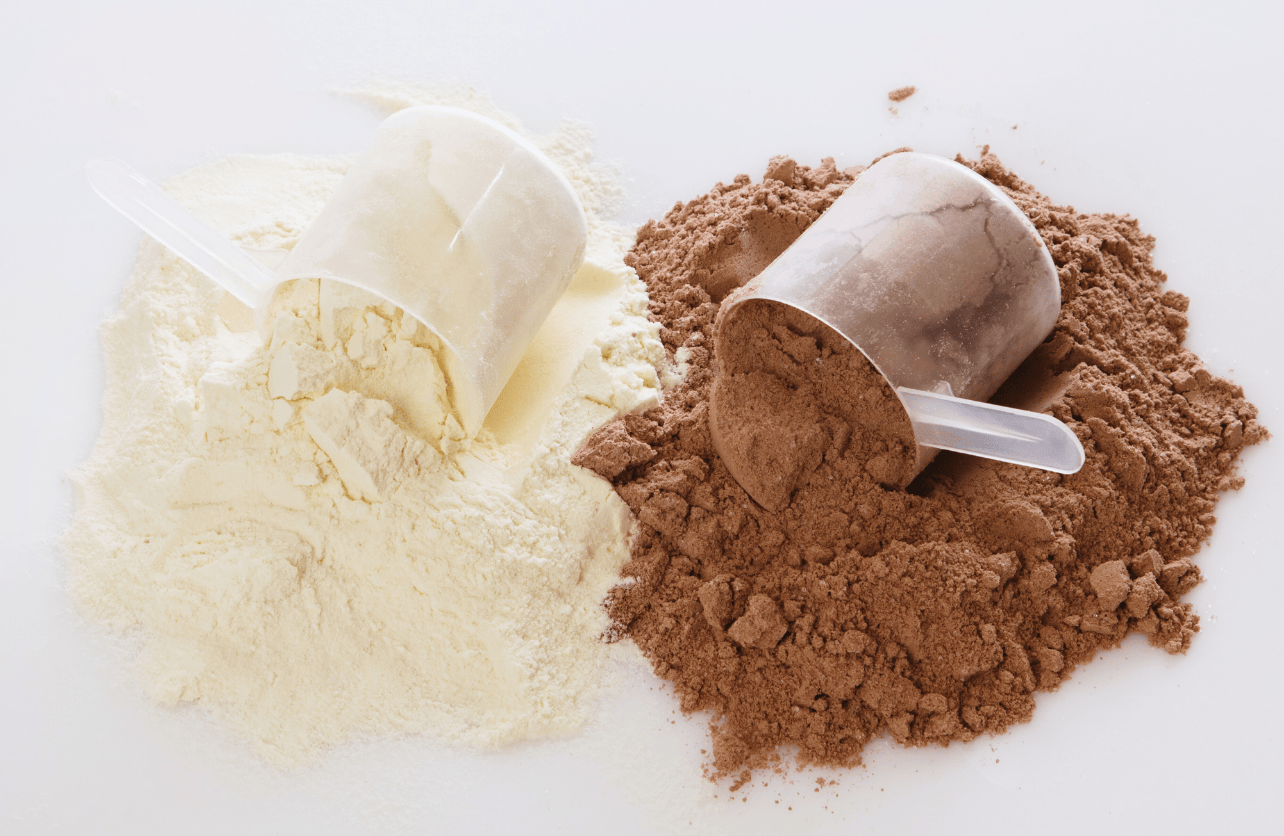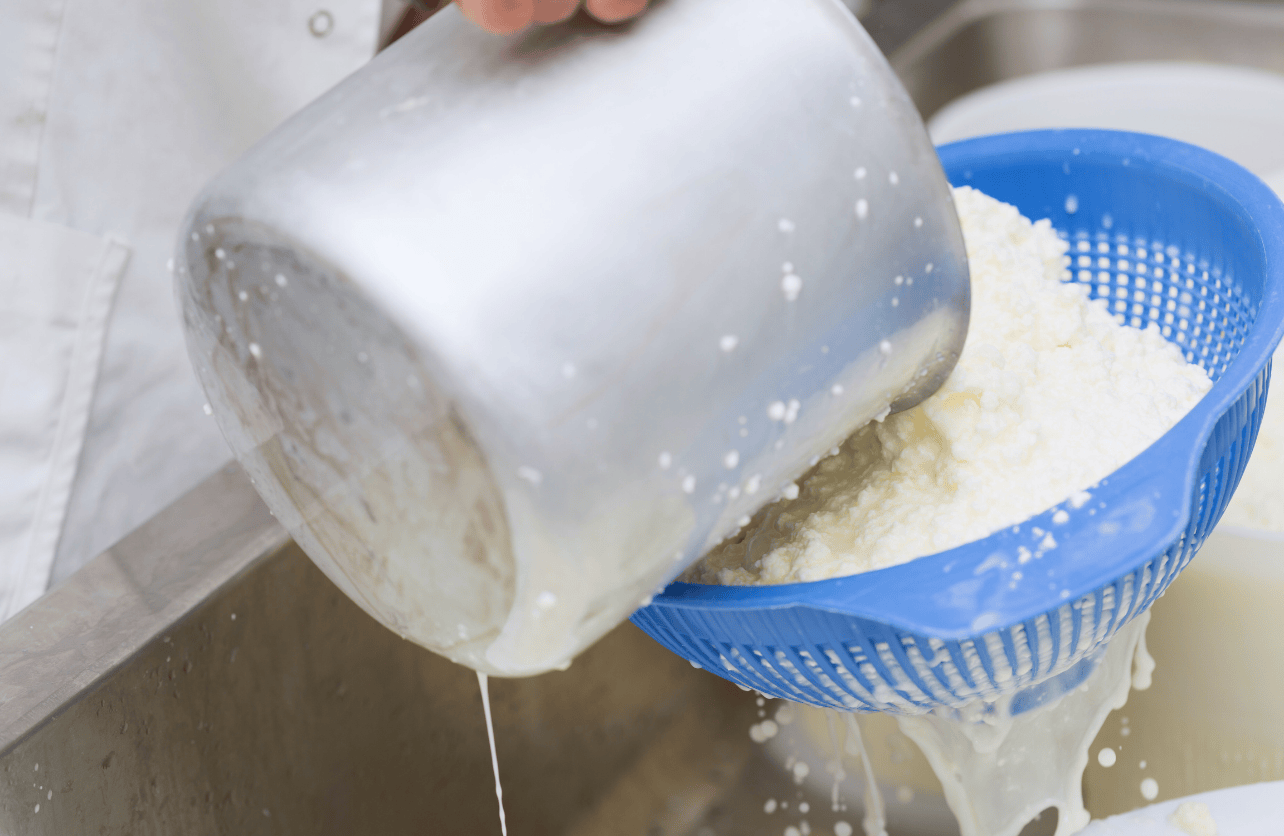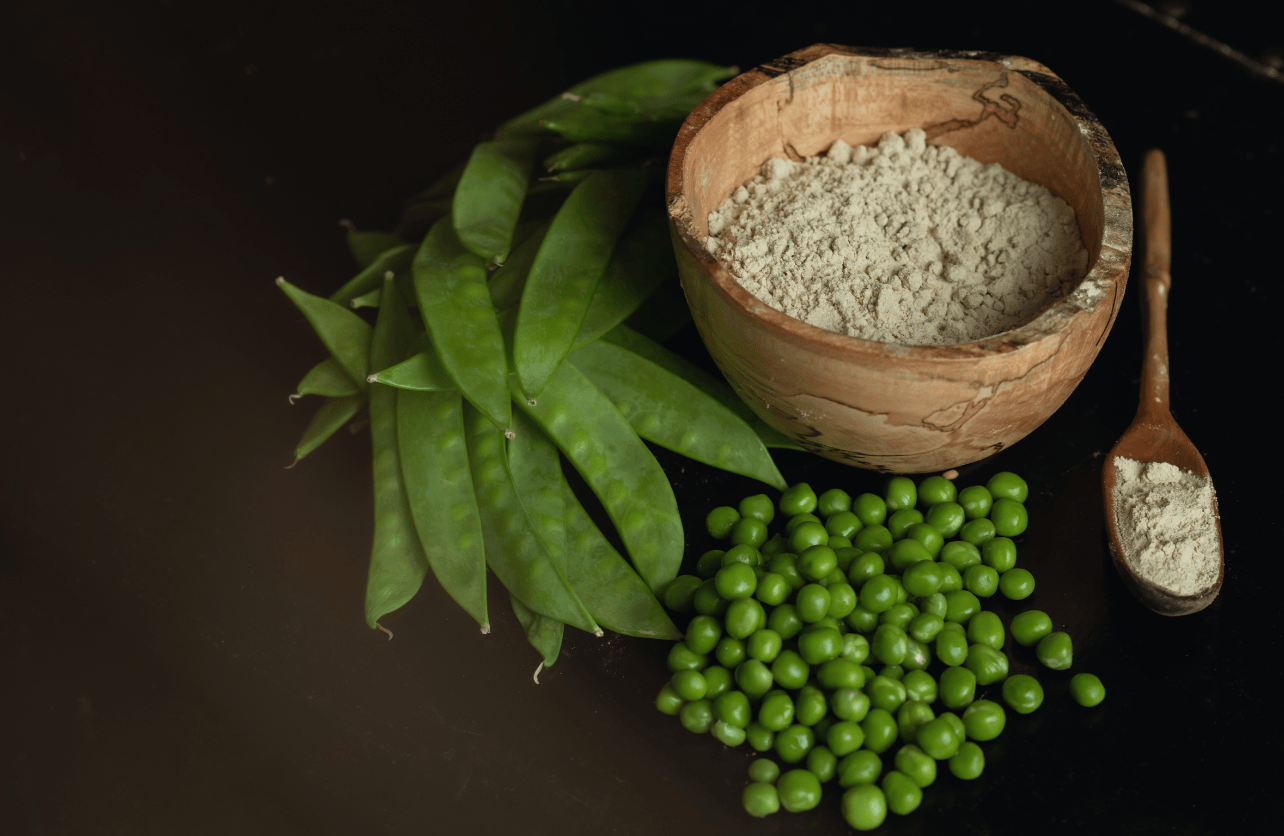How Is Protein Powder Made?

Protein powders have become a staple in the diets of athletes, fitness enthusiasts, and health-conscious individuals alike. They offer a convenient way to meet daily protein requirements, support muscle growth, and enhance overall well-being. But how is protein powder made, and what distinguishes the various types available on the market? This article delves into the manufacturing processes of different protein powders, including whey, plant-based, animal-derived proteins, and beef protein, providing a comprehensive understanding of their sources and production methods.
What is Protein Powder?
Protein powder is a dietary supplement that provides a concentrated source of protein, essential for muscle repair, growth, and overall bodily functions. It is typically consumed by mixing with water, milk, or other beverages and is available in various flavors and formulations to suit different dietary needs and preferences.
Types of Protein Powder
1. Whey Protein

Source and Extraction
Whey protein is derived from milk. During the cheese-making process, milk is curdled and strained, separating the solid curds from the liquid whey. The whey is then processed to concentrate the protein content through several steps:
- Filtration: Techniques like microfiltration, ultrafiltration, or ion-exchange chromatography are used to remove fats, lactose, and other non-protein components, resulting in a higher protein concentration.
- Drying: The concentrated whey is then dried into a powder form using spray drying, which involves spraying the liquid whey into a hot chamber where the moisture evaporates, leaving behind fine protein powder.
Types of Whey Protein
- Whey Protein Concentrate (WPC): Contains around 70-80% protein, with the remaining percentage consisting of fats and lactose.
- Whey Protein Isolate (WPI): Undergoes further processing to achieve around 90% protein content, making it lower in fats and lactose.
- Whey Protein Hydrolysate (WPH): Pre-digested form of whey protein, allowing for faster absorption and easier digestion, often used in medical protein supplements and infant formulas.
Benefits
- High Biological Value: Whey protein is easily absorbed and utilized by the body.
- Rich in BCAAs: Contains branched-chain amino acids like leucine, which are crucial for muscle protein synthesis.
- Supports Muscle Growth: Ideal for post-workout recovery and muscle building.
2. Plant-Based Protein

Plant-based protein powders are derived from various plant sources, making them suitable for vegetarians, vegans, and individuals with lactose intolerance or dairy allergies. Common plant-based proteins include pea, soy, rice, hemp, and a blend of multiple sources.
a. Pea Protein
Source and Extraction
Pea protein is extracted from yellow split peas. The process involves:
- Cleaning and Grinding: Peas are cleaned and ground into a fine powder.
- Extraction: Water is added to create a slurry, which is then filtered to separate the protein from the starch and fiber.
- Concentration: The protein-rich liquid is concentrated using ultrafiltration.
- Drying: The concentrated protein is spray-dried into a powder.
Benefits
- Hypoallergenic: Free from common allergens like dairy, soy, and gluten.
- Rich in Iron: Provides a good source of non-heme iron.
- Supports Muscle Growth: Contains all nine essential amino acids, though slightly lower in methionine.
b. Soy Protein
Source and Extraction
Soy protein is derived from soybeans through the following steps:
- Cleaning and Dehulling: Soybeans are cleaned and dehulled.
- Defatting: Oil is removed from the soybeans using solvent extraction.
- Protein Extraction: The defatted soymeal is mixed with water to extract the protein.
- Concentration and Drying: The protein solution is concentrated and spray-dried into soy protein isolate or concentrate.
Benefits
- Complete Protein: Contains all nine essential amino acids.
- Supports Heart Health: Contains isoflavones, which may help reduce cholesterol levels.
- Versatile Use: Suitable for a wide range of dietary needs and preferences.
c. Rice Protein
Source and Extraction
Rice protein is made from brown rice. The extraction process includes:
- Cleaning and Milling: Brown rice is cleaned and milled into a fine powder.
- Protein Separation: Water or another solvent is used to separate the protein from the starch.
- Concentration and Drying: The protein-rich solution is concentrated and spray-dried into rice protein powder.
Benefits
- Hypoallergenic: Suitable for those with multiple food sensitivities.
- Digestive Friendly: Easily digestible with minimal fiber content.
- Good Amino Acid Profile: Often combined with other plant proteins to enhance the amino acid profile.
d. Hemp Protein
Source and Extraction
Hemp protein is extracted from hemp seeds through the following steps:
- Cold Pressing: Hemp seeds are cold-pressed to extract oil.
- Defatting: The remaining hemp meal is further defatted to concentrate the protein.
- Grinding and Drying: The defatted hemp meal is ground into a fine powder and dried.
Benefits
- Rich in Omega Fatty Acids: Contains essential fatty acids like omega-3 and omega-6.
- High Fiber Content: Supports digestive health.
- Sustainable Source: Environmentally friendly with minimal processing.
3. Animal-Based Protein

Beyond whey, there are other animal-derived protein powders, such as egg white protein, collagen protein, and beef protein.
a. Egg White Protein
Source and Extraction
Egg white protein is made from the whites of eggs through the following process:
- Separation: Egg whites are separated from the yolks.
- Pasteurization: The egg whites are pasteurized to kill any potential bacteria.
- Drying: The liquid egg whites are spray-dried into a powder form.
Benefits
- Complete Protein: Contains all essential amino acids.
- Low in Fat and Carbs: Ideal for those looking to increase protein intake without extra calories.
- Allergen-Friendly: Suitable for individuals with dairy allergies, though not suitable for vegans.
b. Collagen Protein
Source and Extraction
Collagen protein is derived from animal connective tissues, such as skin, bones, and cartilage. The extraction process involves:
- Hydrolysis: Collagen is broken down into smaller peptides through a process called hydrolysis, making it easier to digest and absorb.
- Purification: The hydrolyzed collagen is purified to remove impurities.
- Drying: The purified collagen peptides are spray-dried into a fine powder.
Benefits
- Supports Joint Health: Collagen is a major component of cartilage, supporting joint function.
- Promotes Skin Elasticity: Helps maintain skin hydration and reduce wrinkles.
- Digestive Health: May aid in repairing the gut lining and improving digestion.
c. Beef Protein
Source and Extraction
Beef protein is derived from beef, typically using the following process:
- Sourcing High-Quality Beef: The process starts with high-quality beef cuts, often from grass-fed cattle.
- Hydrolysis: Similar to collagen, beef protein undergoes hydrolysis, breaking down the proteins into smaller peptides for easier digestion and absorption.
- Isolation: The hydrolyzed protein is then isolated from fats and other non-protein components using filtration methods.
- Drying: The isolated beef protein is spray-dried into a fine powder.
Benefits
- High Protein Content: Beef protein powders typically offer a high concentration of protein per serving, making them ideal for muscle building and recovery.
- Rich in Amino Acids: Contains all essential amino acids, supporting muscle synthesis and overall bodily functions.
- Low in Carbohydrates and Fats: Suitable for those following low-carb or low-fat diets.
- Hypoallergenic: An alternative for those allergic to dairy or soy proteins, though not suitable for vegetarians or vegans.
Unique Attributes
- Flavor Profile: Often has a more neutral or beef-like flavor, which can be mixed with other ingredients to improve taste.
- Bioavailability: Hydrolyzed beef protein is highly bioavailable, meaning it is efficiently absorbed and utilized by the body.
Manufacturing Process Overview
Regardless of the type, the general manufacturing process for protein powders involves several key steps:
- Source Selection: Choosing high-quality raw materials, whether from dairy, plants, or animals.
- Extraction: Isolating the protein from the source material through processes like filtration, extraction, and hydrolysis.
- Purification: Removing fats, carbohydrates, and other non-protein components to concentrate the protein.
- Drying: Converting the protein-rich solution into a powdered form, typically using spray drying.
- Flavoring and Packaging: Adding natural or artificial flavors, sweeteners, and preservatives before packaging the final product into containers.
Choosing the Right Protein Powder for You
Selecting the appropriate protein powder depends on various factors, including dietary preferences, allergies, fitness goals, and personal health considerations. Here’s a quick guide to help you decide:
- Whey Protein: Best for those seeking a high-quality, complete protein with rapid absorption for muscle building and recovery.
- Plant-Based Protein: Ideal for vegetarians, vegans, and individuals with dairy or soy allergies. Pea, rice, hemp, and soy proteins offer diverse nutritional profiles.
- Animal-Based Protein: Suitable for those looking for alternatives to dairy proteins, such as egg white or beef protein, especially if they require hypoallergenic options or have specific dietary goals.
- Beef Protein: Perfect for individuals seeking a high-protein, low-carb, and hypoallergenic supplement, especially those following specific dietary regimens.
Building a Stronger You
Supplement Institute is the fruit of extensive online publishing experience, spanning the breadth of SEO strategies to the nuances of paid advertisements. Our journey, marked by significant achievements and learning moments, inspires our core mission: to empower our readers with an abundance of information. By sharing insights and key learnings, we aim to provide you with the knowledge needed to navigate the complex world of supplements, helping you make well-informed decisions for your health and well-being. Welcome to Supplement Institute, where information is your greatest supplement.